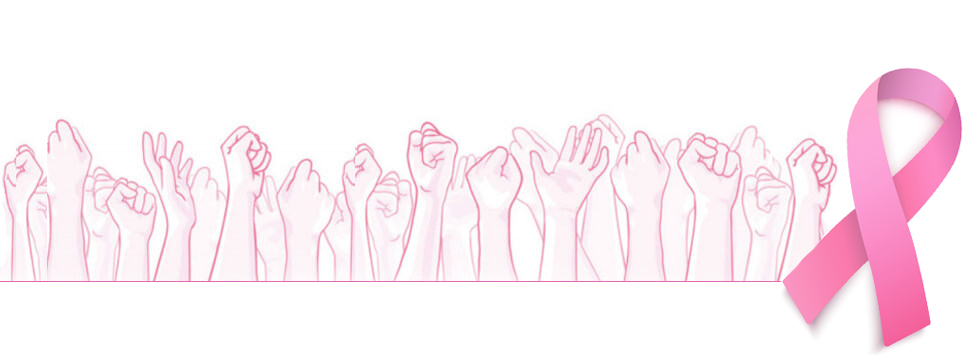
Last updated on July 27th, 2024 at 10:03 am
Breast cancer affects one in eight women in the U.S. and is the second most common type of cancer diagnosed in women, after skin cancer.
The good news is that breast cancer death rates slowly fell each year from 2008 to 2017. But more screening could help those rates drop faster.
How it happens
Breast cancer happens when cancerous cells form in the breast tissue. Health experts don’t know exactly why cancerous cells form in the breast in some women but not others. However, they do know some of the risk factors, such as older age, smoking, and a family history of the disease.
Estimating risk
Some women who don’t seem to have common risk factors may still develop the disease, while other women with a known risk factor may never develop it. This is why regular screening, such as mammograms, is key. Treatment for breast cancer is most effective and provides the best chance of survival when the disease is caught early.
Screening rates
Screening rates are increasing in some groups of women in the U.S. But for other groups, the rates are declining. According to the National Cancer Institute, screening rates have increased slightly among Hispanic women, but have dropped among other groups, including Asian women, women in rural areas, and women with public health insurance or no health insurance.
Who is more likely to get it?
- Breast cancer is most common in middle-aged and older women.
- Women aged 45 to 54 make up nearly 20% of new cases. Women aged 55 to 74 make up 51% of new cases.
- The rate of new cases of breast cancer is highest in white women, followed by African American women. Breast cancer death rates are highest for African American women—40% higher than for white women.
How to lower your risk
The key is to get regular exams and screening. You can’t do much about risk factors like age or family history of breast cancer. But there are other things you can do. These include:
- Controlling your weight. Those who are obese have a 20% to 40% higher risk of developing breast cancer compared with women whose weight is in the normal range.
- Limiting alcohol. Even one daily drink can raise your risk.
- Getting regular exercise.
- Quitting smoking.
